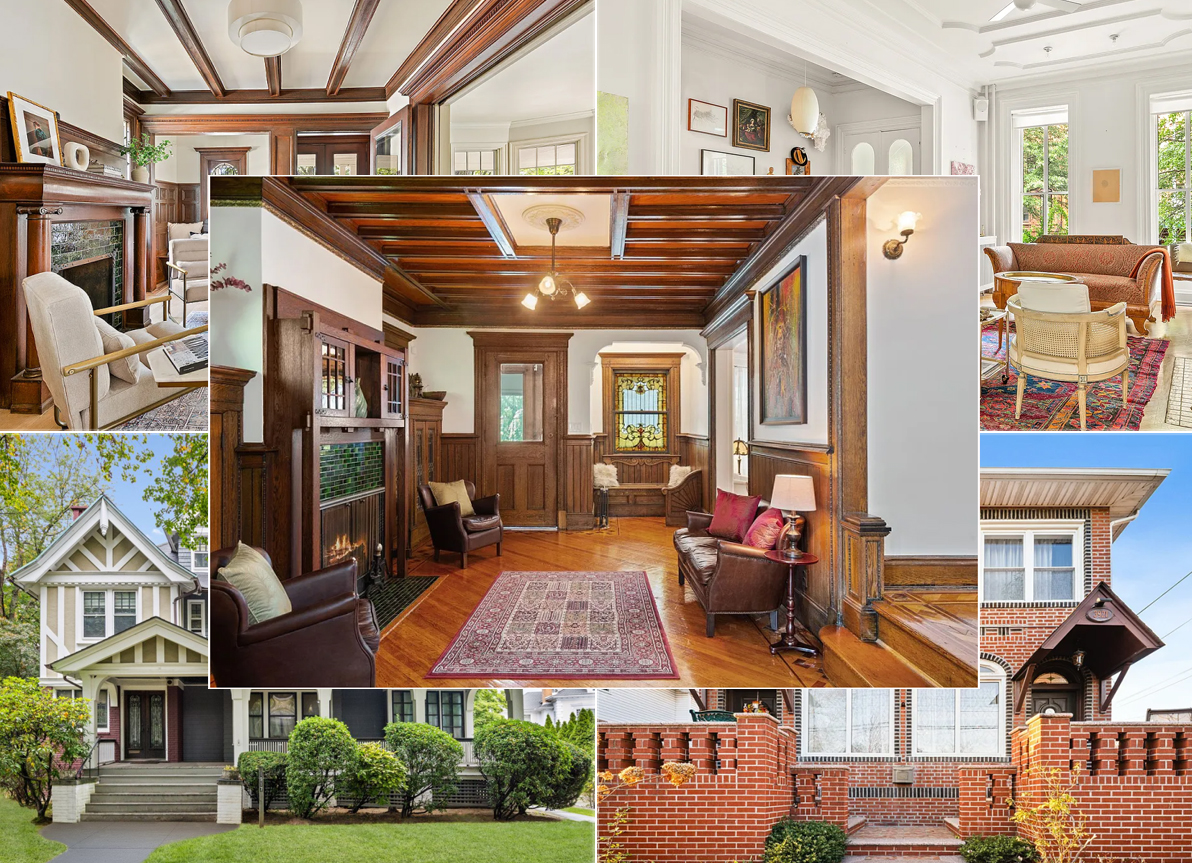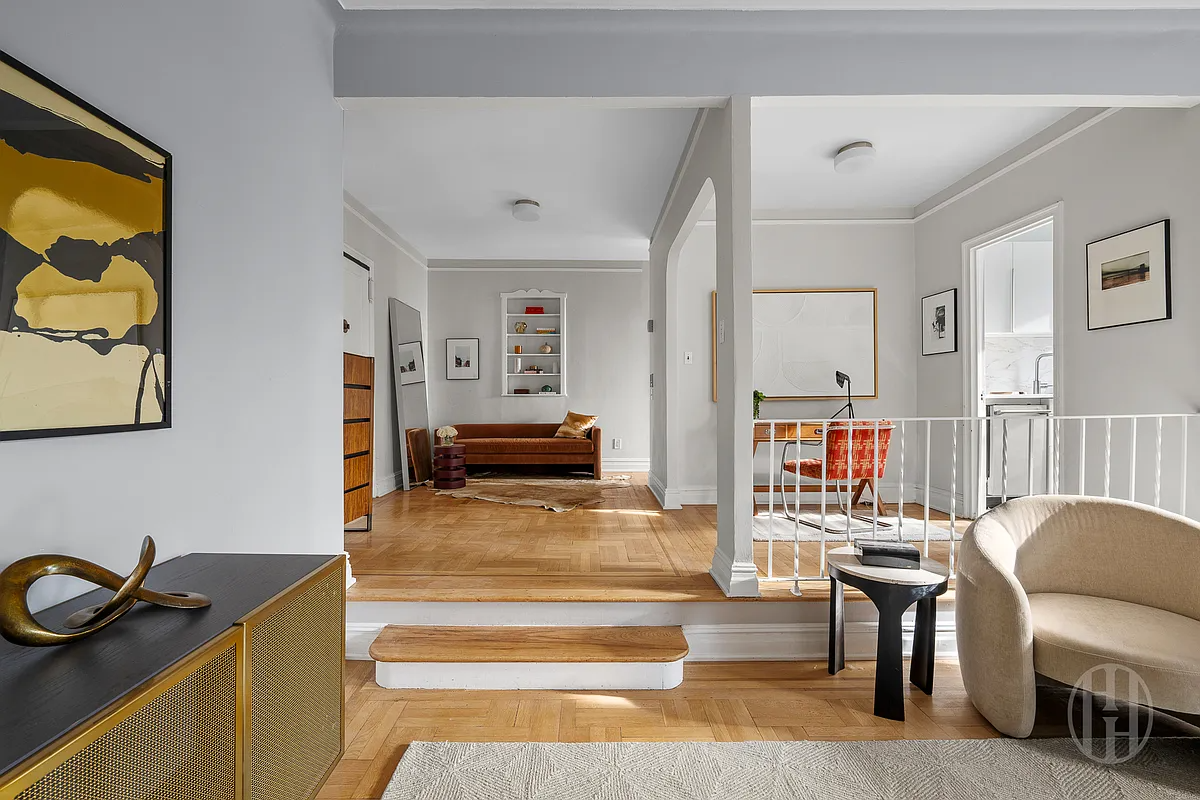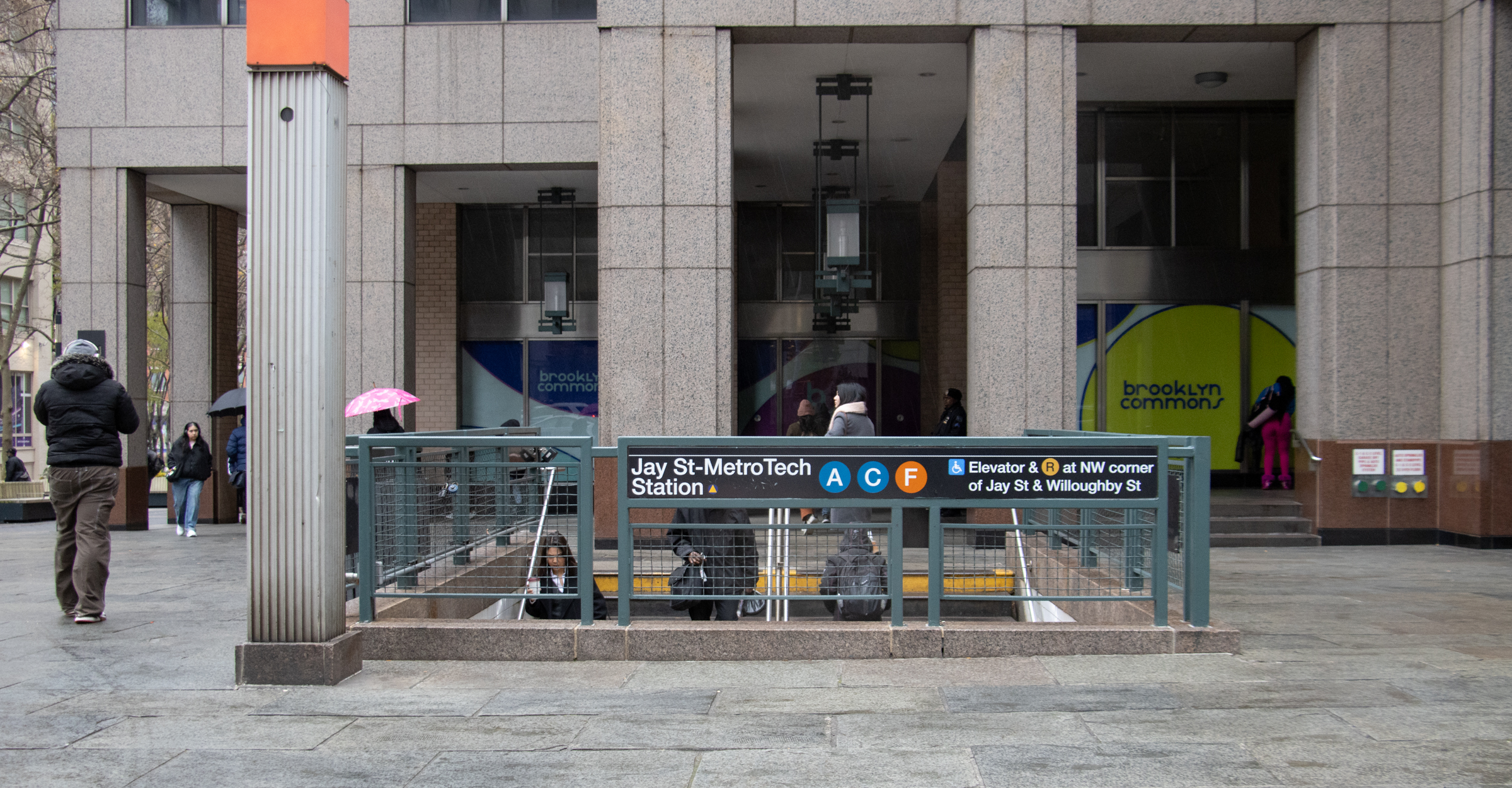Past and Present: The Colony Inn
The Dutch settled in Flatbush in the late 1600s, establishing towns and farms. In order to sell their crops in Manhattan, they had to make their way from here to there, and they did so by means of old trails made by the Native Americans who had lived in the area. Those trails became Brooklyn’s…


The Dutch settled in Flatbush in the late 1600s, establishing towns and farms. In order to sell their crops in Manhattan, they had to make their way from here to there, and they did so by means of old trails made by the Native Americans who had lived in the area. Those trails became Brooklyn’s first “ferry roads”, which were eventually widened to become the Kings Highway, its branches, and the Flatbush Road. The Flatbush Road was the main highway between the village of Flatbush and the Fulton Ferry area, and by 1809, it had been widened into a toll road operated by the Brooklyn, Jamaica and Flatbush Turnpike Company. One had to pay to travel down the road, and at least one of the old toll stations survived almost to the end of the 19th century.
As Brooklyn grew, the Old Flatbush Road gained public transportation, as stage, and then horse drawn trolley lines travelled its length. The Old Flatbush Road is not today’s Flatbush Avenue; it ran somewhat parallel to it, and the odd placement of some buildings in Prospect Heights is a remnant of how that road passed through that neighborhood. In 1852, a new Flatbush Avenue opened, one that did not depend entirely on the route of the old Indian trail, but ran relatively straight between Downtown Brooklyn and Jamaica Bay.
The new Flatbush Avenue was built upon immediately. The building boom following the Civil War was tremendous in most of Brooklyn, and Flatbush Avenue became not only a commercial road, but a fashionable residential street, as well, especially in Flatbush itself. By the end of the 19th century, large mansions could be found along the Avenue, as well as more modest wood framed homes, some of those dating from Flatbush’s farm days. Even the prominent Lefferts family homes still stood on or near Flatbush Avenue, and large plots of land along the Avenue still had nothing but large homes on them until the 1920s.
The Inn was one of these old manor houses; an old farmhouse with a side extension, and the frame house next door, which is just visible in the postcard, blocked by trees. The address was 694 Flatbush Avenue, near Parkside Avenue. It was the brainchild of Charles F. Heineman, who opened the Inn in 1910. The Colony Inn was both a restaurant and a hotel, and was very popular during its run, which ended sometime around 1924.
Charles Heineman was a character, one of those New York individuals who dabbles in all kinds of things, and had many interests and successes and spectacular failures. He was the son of David Heineman and Sarah Cohen, who was a direct descendant of Benjamin Mendez Seixas, a Portuguese scholar who was a Lieutenant in the New York Militia during the Revolutionary War. Seixas gave George Washington a great deal of financial aid during the war, and afterwards, was the treasurer of Kings College, which became Columbia University. He was also related to Daniel Hays, one of the founders of the New York Stock Market.
Heineman grew up in New York City, and went into the dry goods business after college, first in New York City, and then in New Orleans. After making a tidy fortune, he came back to New York and got involved in horse racing, buying a stable with a well-known “turfman,” but the venture was a failure, and he sold out after a year. He then bought a race car, the famous Stanley White Steamer, which won the first automobile race in the country, in Florida. He paid $5000 for the car, brought it to New York from Florida, and entered it in a race at Brighton Beach. The car crashed in the first turn around the track, and he ended up selling it for scrap, for $200.
Undaunted, he waited to find some other venture to invest in. He invested in the stock market, and dabbled in real estate. He and his wife moved to Flatbush from Manhattan in 1907, and in 1910, he opened the Colony Inn. For the next fourteen years, the Inn was a popular family venue, as well as a gathering place for meetings and special events. During the World War I years, Heineman sponsored many fund raising events for war relief at the Inn, raising money for the Red Cross and servicemen’s organizations. After the war, those efforts led to fundraisers for returning soldiers, hospital care and other veteran’s services.
The Inn disappears from the newspapers around 1924, which is the same time period that most of the area’s six story apartment buildings are built. Many were built along Flatbush, with storefronts on the ground floor. As you can see from the 1916 map, almost the entire block of Flatbush, between Parkside and Chester Court was still home to wood framed houses on large plots of land. The Colony Inn was torn down at the same time the rest of these lots were developed for residential and commercial use. You can see the back of the row houses to the rear of the Inn already creeping up on the old farms; these were the houses on Parkside Court, as seen on the map.
The other interesting thing about the Colony Inn is that all the wait staff, maid service and other service staff was specifically African American. From the beginnings of the Inn until it closed, the Brooklyn Eagle is full of ads for “colored” waiters, cooks, maids, servers, busboys, etc. The ads specify they want colored people, and offered good wages, room and board, and other perks. Their ads, which you could never run today, specified American colored help, preferably Southern. The waiters, who were all men, were told in the ads that they would be wearing white formal coats.
At a time when white service staff was a Brooklyn preference, with most of them still Irish and Scandinavian immigrants, this may have been a great opportunity for black employment, although I still have pictures of an all-black Southern staff harkening back to the good old days, when Colonial meant something else entirely to black folks. I guess we’ll never know what the intentions were. GMAP








What's Your Take? Leave a Comment